Lexus recently invited me to Portland, Oregon, where I was able to test drive the fourth-generation Lexus RX in all its various forms. The following are my personal impressions from the day of driving, please refer to my technical overview for the full details.
There’s a real risk in messing with success, particularly when it comes to Lexus and its RX crossover. As the top-selling Lexus vehicle since its debut in 1999, this is a model that’s sold over 2.1 million units worldwide. It would have been no surprise if Lexus had dialed down their spindle grille styling and played it safe with an incremental update.
Instead, Lexus went bold. The all-new fourth-generation RX is big and brash, with a design full of hard edges and serious creases. Is it all too much? Has Lexus gone too far? I traveled to Portland, Oregon to find out.
A visual tour of the RX has to start with the front grille — on the RX, the higher “pinch point” of the spindle shape makes the bottom portion bloom out until it almost reaches the corners of the vehicle:
The grille pattern of the standard model resembles a shield, and while more subdued than the F SPORT mesh, it’s by no means a quiet design:
Jump to the side profile and the deep creases continue, with lines that cut through the door handles and intersect with the vehicle shoulder — the smoothness of the previous generation is a distant memory:
The first third of the side profile is my favorite, it seems impossible that the spindle grille is hidden away in the front folds:
The floating roof that slices through the d-pillar has been a point of contention, but I liked it much more in person:
Circle around the back, and the athleticism of the new RX shows through — the rear door and deck have a muscular appearance and toughen up the design considerably:
There are a number of details to the exterior that stand out — the entire headlight assembly and the surrounding surfacing, the jeweling of the rear light, the complex shapes built around the fog lights:
New to the RX experience is how the interior has been compartmentalized — there is a distinct difference between driving the vehicle and being a passenger. The new seating position combines with a dashboard and center console that surrounds the driver like the cockpit of a sports car. By contrast, all passenger seating is bright and spacious, bringing to mind an upscale airport lounge more than anything.
The interior materials are a huge upgrade compared to the outgoing model — every single touchpoint has a soft, premium feel, and even the buttons have a satisfying click.
The technology in the RX is impressive without overwhelming the driver — the giant new heads-up display and bird’s eye 3D backup camera are excellent additions, and 12.3″ center display looks much larger in the RX than in other Lexus vehicles.
With both the standard RX 350 & RX 450h, I would describe the driving experience as “pleasant”. The RX 450h does feel heavier off the line, despite both models having near-identical 0-60 times to the RX 350, but the hybrid feels stronger during mid-range acceleration.
Steering on the standard RX remains light to the touch, a concession likely made to satisfy current owners uninterested in the new RX F SPORT.
After quick bursts with the standard models, I settled in for a long drive with a RX 450h F SPORT. I immediately noticed the difference. The RX 450h F SPORT is solid — the closest comparison I can make is a feeling much like an expensive swiss watch.
Unlike the previous attempt to bring sportiness to the RX, the 2016 F SPORT package is the real deal — the adaptive variable suspension adds an important splash of character to the crossover. The difference between the various user-selectable drive modes is pronounced and impressive, and would be my pick as the single biggest improvement over the outgoing model.
Driving past hippie communes buried deep in the outer-Portland wilderness, I dialed in the SPORT S+ mode and found myself enjoying the twists and turns of the road. Gone is that familiar floating-on-a-cloud sensation of all previous RX models, but not at the expense of ride comfort. You can almost feel the laser-welding and frame reinforcements doing their job, and the result is a deeper, more meaningful driving experience.
Up until this point, the RX has succeeded through functional design and muted styling. Since the very first generation, it has epitomized the old Lexus and its focus on practicality. Compared, the new RX is a dramatic departure. There’s a real tension between the hard edges of the exterior and the soft surfaces of the interior, and it’s that dynamic balance that really shines through.
In the end, the idea that Lexus took a big risk with the new RX turns out to be a non-issue. The exterior design may be bold, but this is no different than any other new Lexus. The spindle grille and its accompanying design language has been established and seen across the entire lineup.
Chief engineer Katsuda said in his presentation to the media that he wanted to “exceed the RX while remaining an RX”, and I feel confident in saying his team has succeeded. This is a vehicle made special, the core idea is the same but reinterpreted with finesse and freshness.
Really, the only risk with the new RX will be Lexus having enough inventory to satisfy demand.
My thanks to Lexus for their hospitality in Portland, that sure is a drinking town.




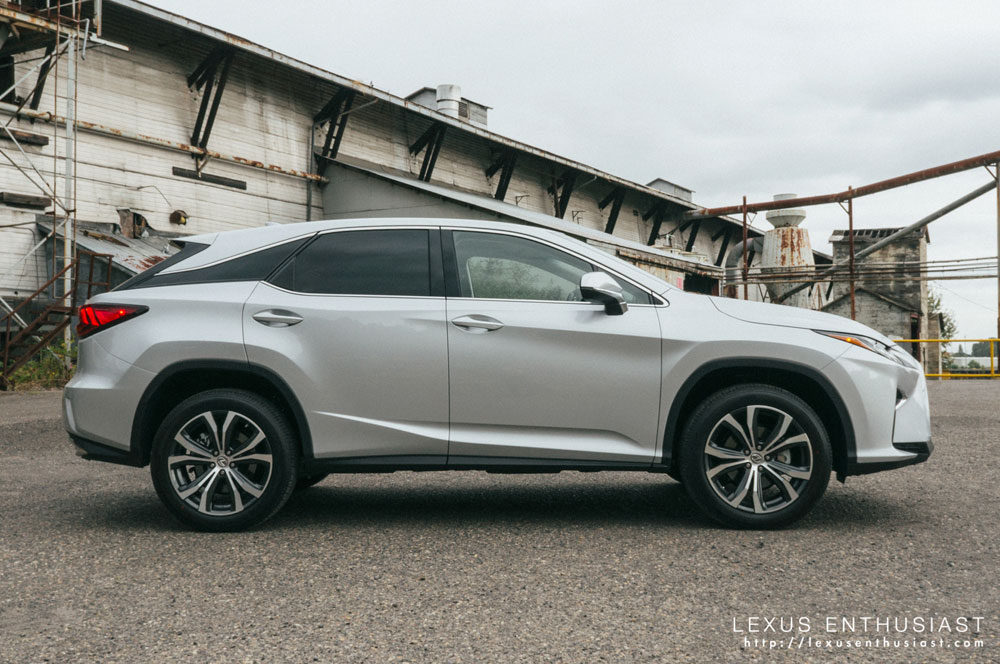

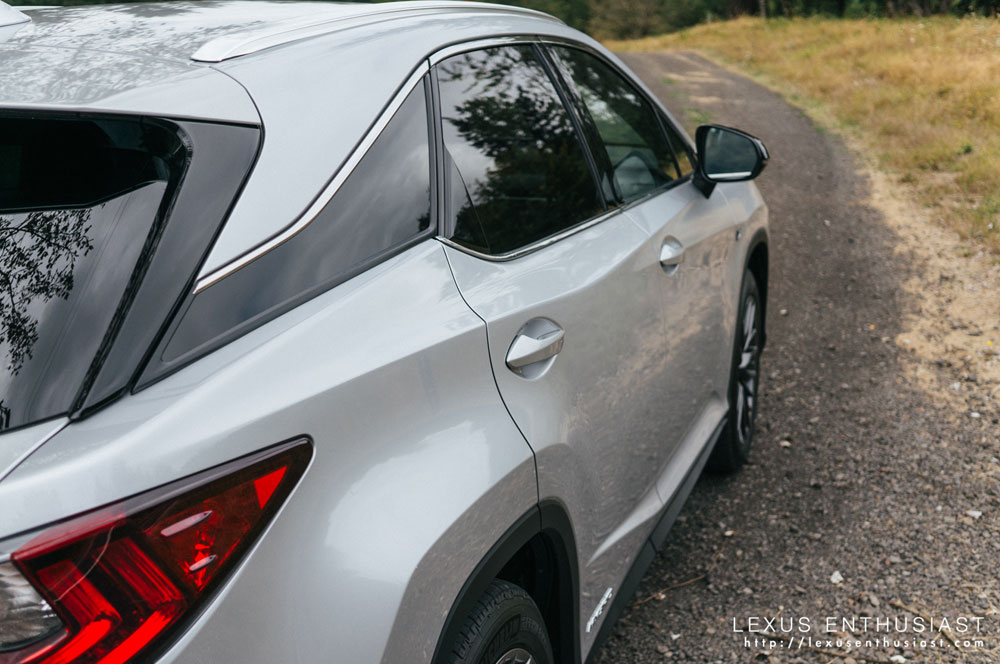
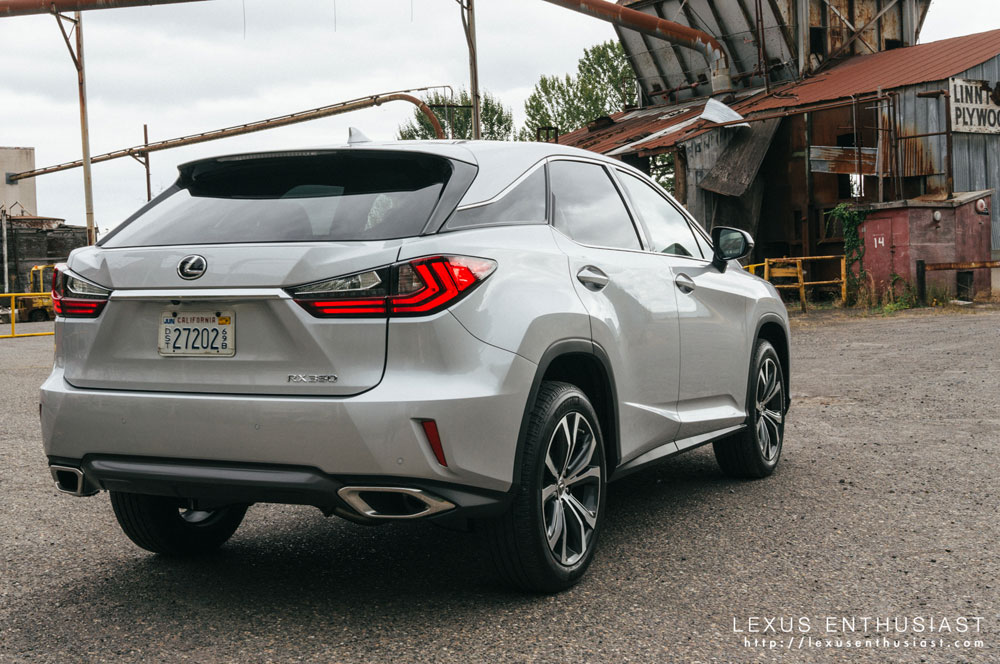











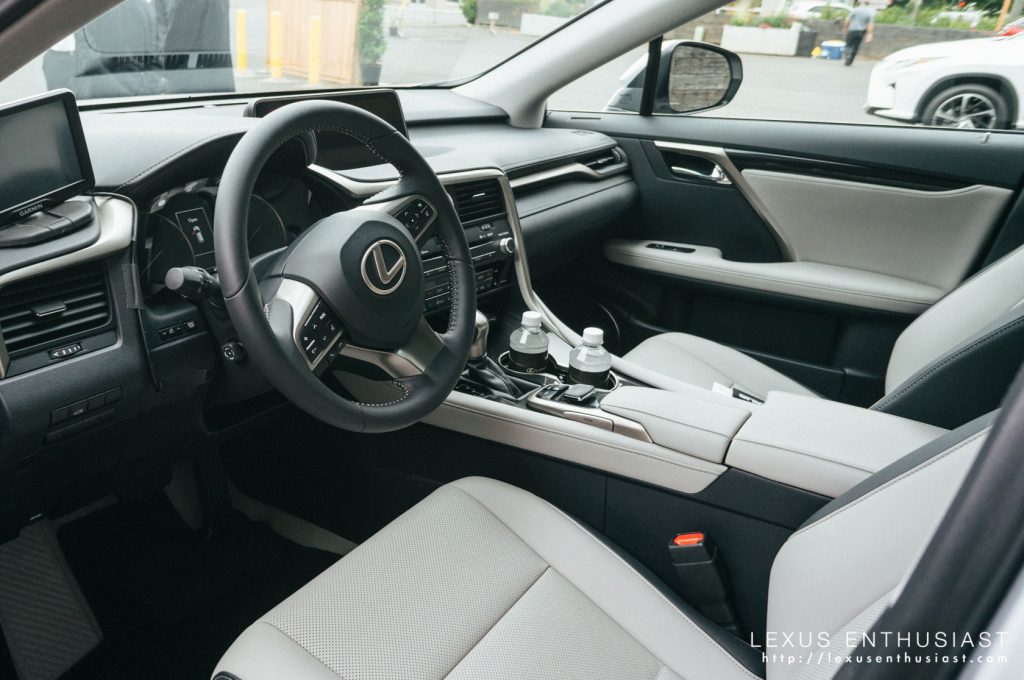





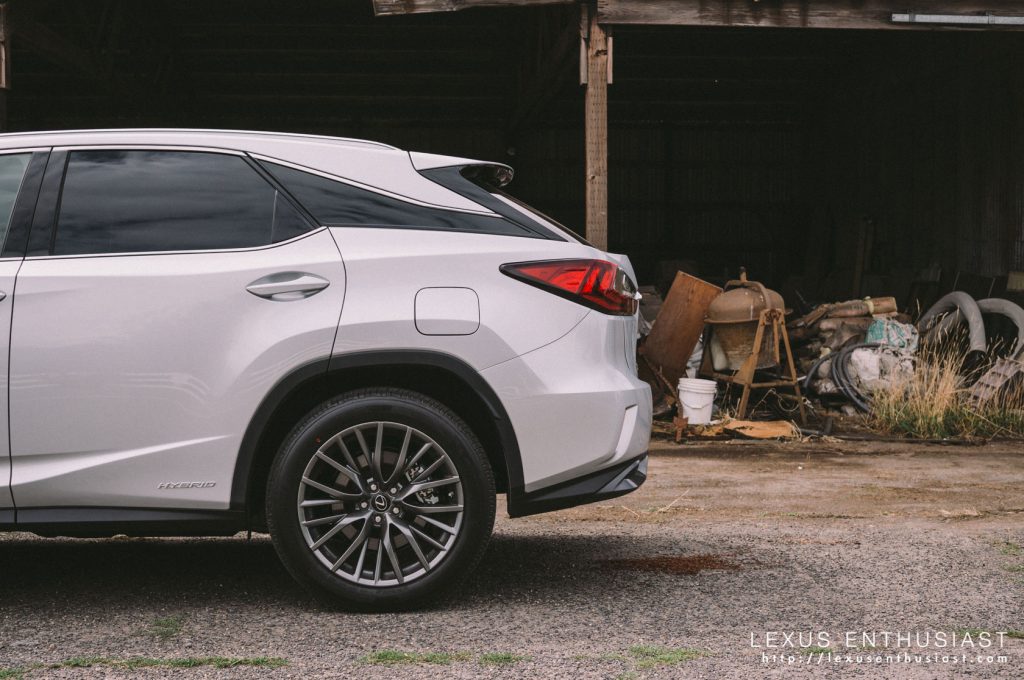




Comments